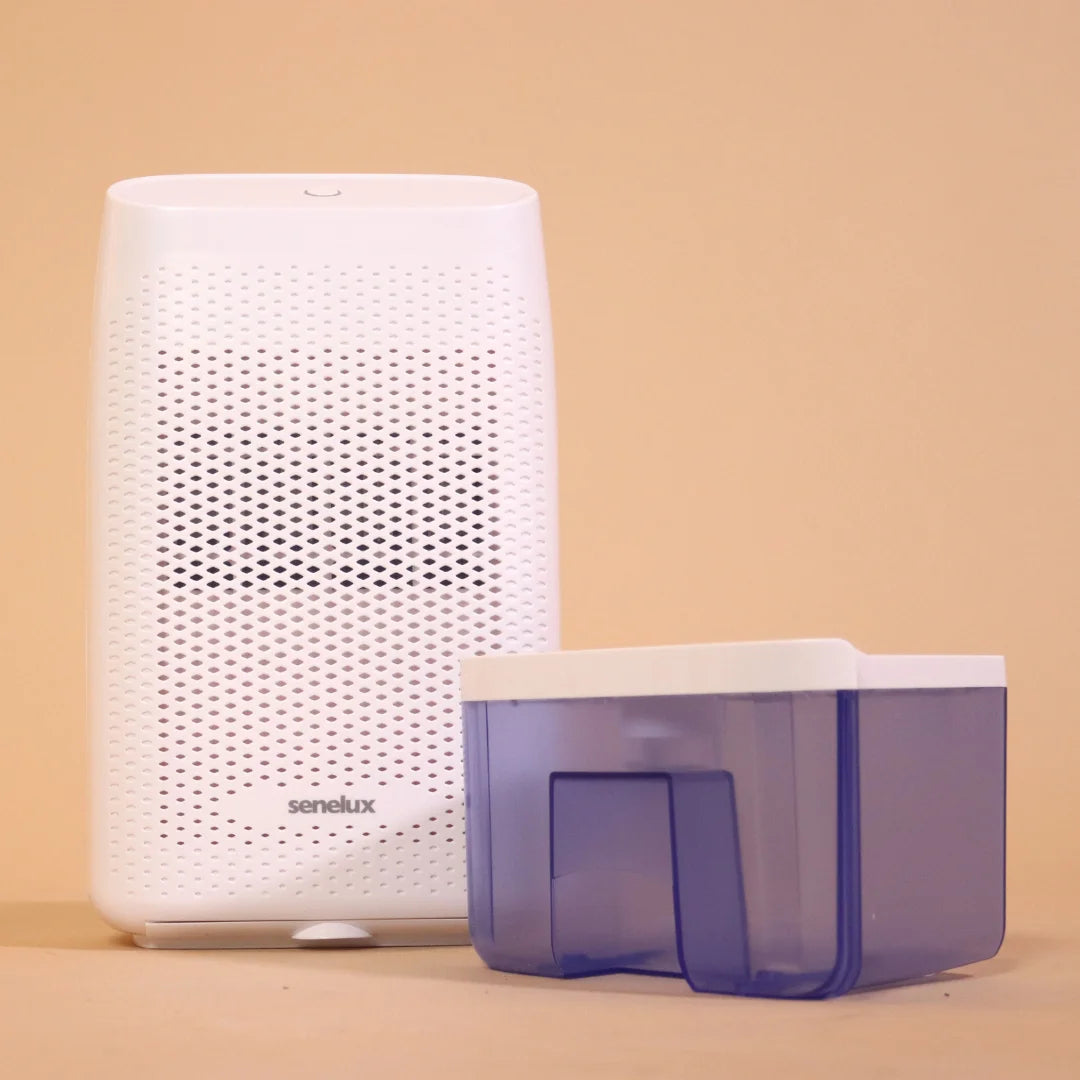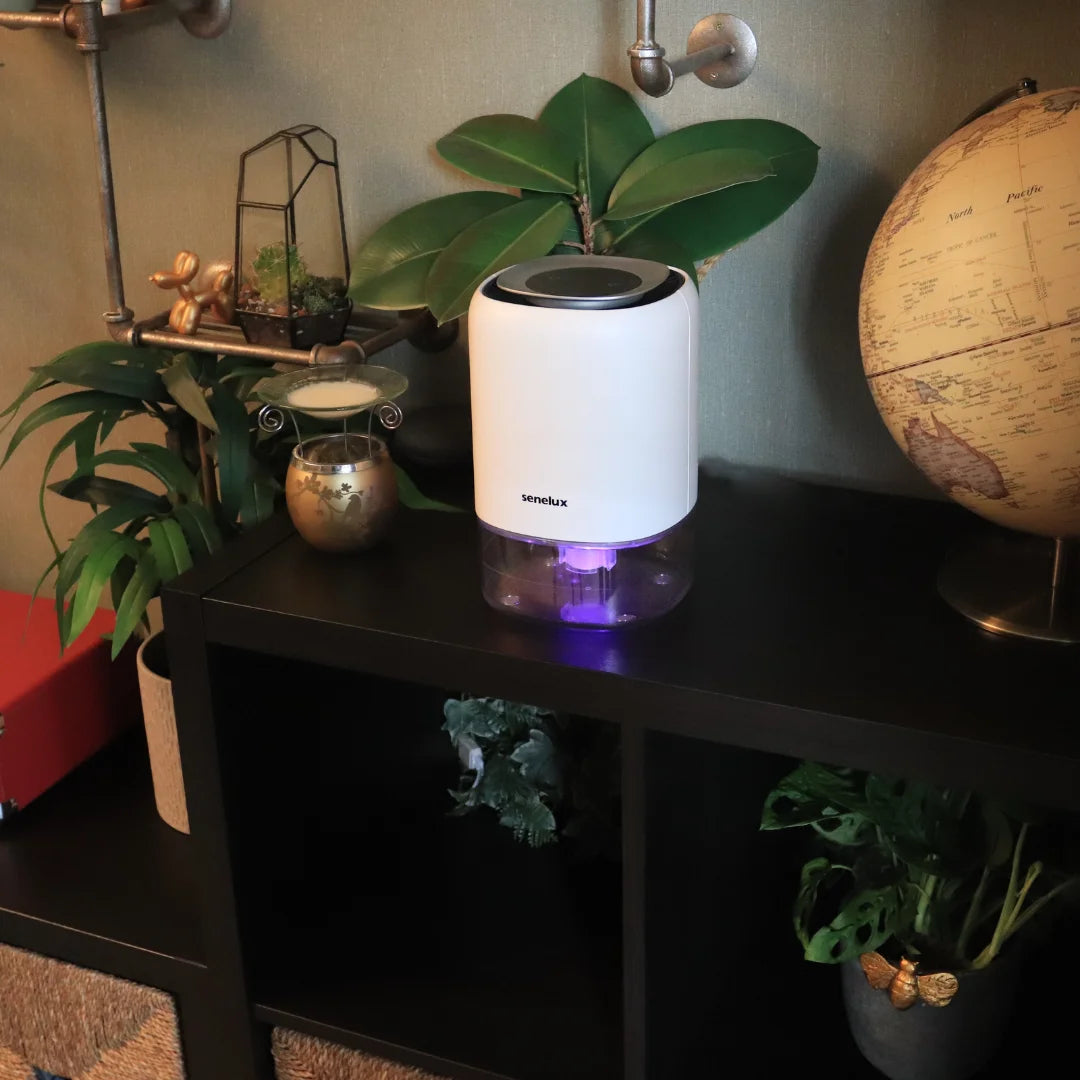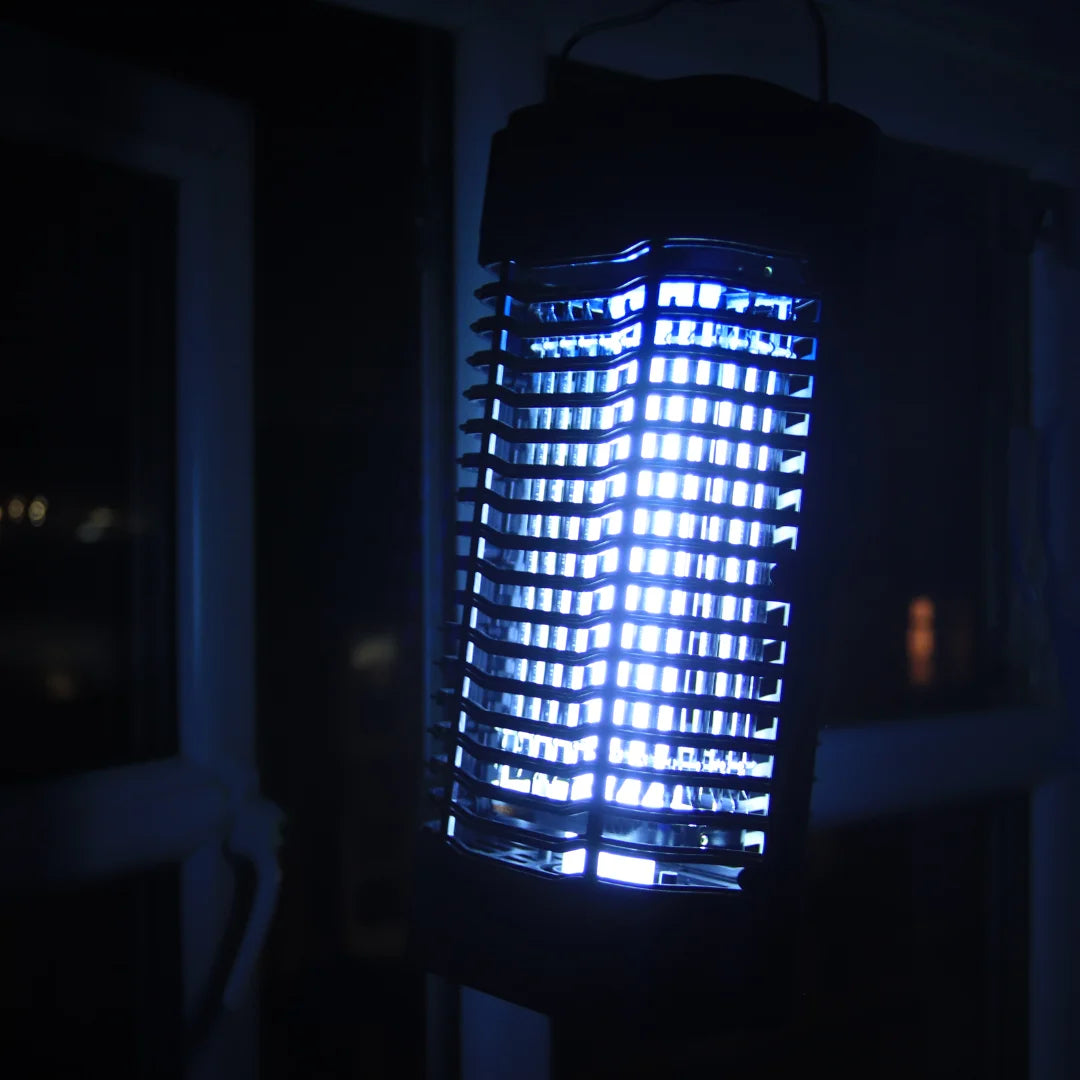Having a dehumidifier in the home is never a bad thing, however there are a lot of small, seemingly random factors that go into to creating the best dehumidifiers. Between compressors, refrigeration types and water tank capacity, it can feel like the dehumidifier world is completely locked away. But, making things easier and more direct is how I find it best to teach. So today, we're stripping it all back to the bare essentials. Extraction rates.
What is Extraction Rate?
Simply put, extraction rate is how much water a dehumidifier can take out of the ambient air in a specific space of time. For example, if you take a look at the Senelux Dehumidifiers Department, you'll notice a distinct and straightforward theme. Whilst we measure our dehumidifiers' extraction rate per day, it's important to remember that not all dehumidifier companies do- thus, there may be some extra considerations to make if you're in the market for a new dehumidifier.

The important thing to remember is that extraction rates are essentially how quickly a dehumidifier can pull large amounts of water out of the environment. Take our 12 litre per day dehumidifier (formally known as the Virgo Dehumidifier.)
Our 12 Litre Per Day, Large Dehumidifier
As you may have guessed, the Senelux 12 Litre per day Dehumidifier is capable of extracting 12 litres of moisture in a 24 hour period. This is exceptionally fast and you may be wondering how this is possible. Especially since we have since introduced an even larger model known as the 25 Litre per day Dehumidifier!

What Sets These Dehumidifiers Apart?
To put it simply, larger dehumidifiers typically have larger compressors. Whilst this may seem like a pretty straightforward answer, there's a bit more to a compressor dehumidifier than meets the eye. What the compressor actually does, is draw in the water which then is then collected as condensation. Don't worry if it's a struggle to follow this process, the core idea here- is that dehumidifiers with a compressor don't need any refrigerant. In other words, compressor dehumidifiers are significantly more energy efficient and effective at draining water from the atmosphere but are usually even more efficient when they have the space to draw the water in; space which a larger dehumidifier creates.

High Capacity Dehumidifiers
Ever wondered what the major difference is between large dehumidifiers and small dehumidifiers? Well, the biggest difference that is inherent in the size is water carry capacity. When it comes to dehumidifiers, perhaps the most straightforward and hassle free thing to understand is capacity. Rest assured that whilst we've covered capacity before in the past, most notably in our article about getting the most out of your dehumidifier, there's not really much to explain when it comes to capacity other than "bigger is better." When it comes to high capacity dehumidifiers, that is the core ideology behind their designs.
Dehumidifier Extraction Rates Made Easy
When it comes to extraction rate, dehumidifiers are quintessentially marked by something known as the 24 hour extraction test. This, in essence, is the extraction rate per-say for a dehumidifier. As you can see, our dehumidifiers are marked by a 24 hour extraction rate and, whilst this is a great way to gauge a dehumidifier's efficiency, this is by no means a set-in-stone buying guide.

What to Look for in Your Dehumidifier
Extraction rates are important. Without a shadow of a doubt, this it the primary reason to own a dehumidifier as a high extraction rate indicates the sheer amount of water a dehumidifier can draw in from the air. However, as I touched upon in my previous article; the best dehumidifier isn't the largest dehumidifier you can find... It's not the highest extraction rate or even the most efficient. The dehumidifier that you should be looking towards is the dehumidifier that works best for you and your home.
What Dehumidifier is best for me?
The best way to think about dehumidifiers is by considering what issues are affecting your home. If you're home traps condensation that is causing mild problems, then it would definitely be "too much" to go for a large, industrial dehumidifier. However, if your home is affected by damp, with peeling wall paper and waterlogged carpets- then these issues need to be fought with large, industrial power. We've covered this topic before, but it's always worth revisiting our article on Which Dehumidifier Do I Need for more advice regarding your next dehumidifier purchase.


